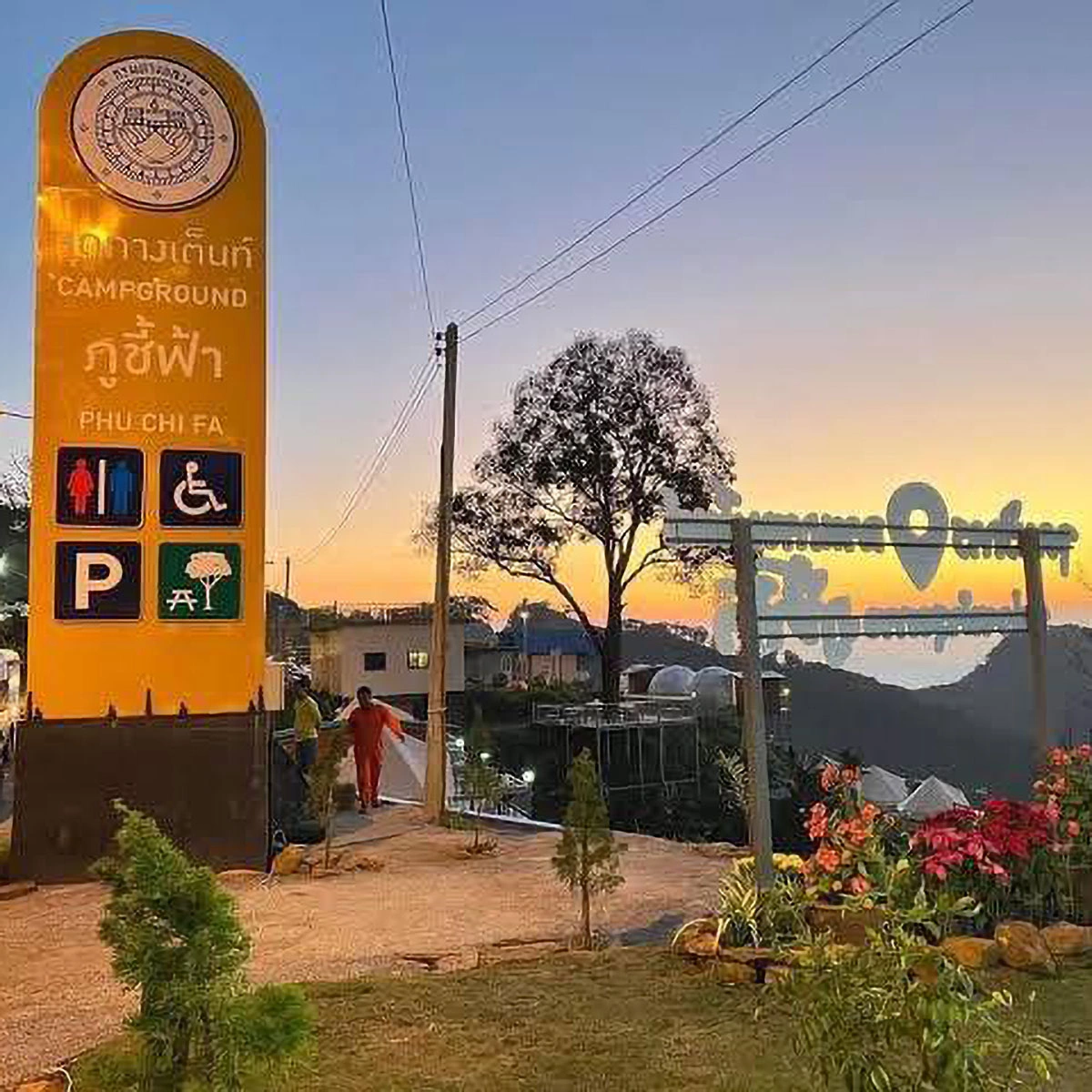
If you’re searching for a place steeped in history, spirituality, and architectural charm, the Church of the Nativity in Bethlehem, Palestine, should be on your list. Recognized as the site where Jesus Christ was born, this church holds profound significance for Christians around the world and has been designated a UNESCO World Heritage Site.
Historical Background of the Church of the Nativity
The Church of the Nativity was built in 327 AD by Emperor Constantine the Great and his mother, Saint Helena, to commemorate the birthplace of Jesus. The original design featured Roman architectural elements blended with Byzantine influences, including intricately carved marble columns and mosaics depicting biblical scenes. The primary building materials included durable local limestone, which has preserved the church’s beauty for centuries.
The site was chosen based on biblical accounts identifying Bethlehem as the birthplace of Jesus. Emperor Constantine’s decision to construct the church here highlights the profound reverence for this pivotal event in Christian history.
Key Features of the Church

1. Grotto of the Nativity
Beneath the main altar lies the Grotto of the Nativity, believed to be the exact location of Jesus’ birth. The grotto is a serene and sacred space, attracting pilgrims from around the globe. A silver star with 14 points marks the spot, accompanied by an inscription that reads, “Hic de Virgine Maria Jesus Christus natus est” (“Here Jesus Christ was born to the Virgin Mary”). Nearby, an oil lamp burns continuously, symbolizing the unwavering faith of believers.

2. Byzantine Mosaics and Architecture
The church is adorned with ancient Byzantine mosaics that vividly depict scenes from the Bible, such as the Nativity and other pivotal events from Jesus’ life. The massive stone columns, intricately carved with detailed patterns, showcase the craftsmanship of artisans from the early Byzantine era. Local limestone was used extensively in construction, ensuring the durability and timeless beauty of the structure.

3. Door of Humility
The main entrance to the church is a small, low doorway that requires visitors to bow as they enter, symbolizing humility when approaching this sacred site. Originally designed in the 16th century to prevent horsemen from entering, the doorway also preserves remnants of its earlier arched design, reflecting the architectural evolution of the church.
Best Times to Visit
While the Church of the Nativity is open year-round, the best time to visit is during the winter season, particularly in December. This coincides with Christmas celebrations, when Bethlehem comes alive with festive lights, parades, and special ceremonies in the church. During this time, temperatures typically range from 5°C to 12°C, adding to the cozy winter atmosphere.
Spring (March to May) is another excellent time to visit, with mild weather ranging from 15°C to 25°C. This season offers a chance to explore nearby historical sites and enjoy the blooming natural surroundings.
How to Get to the Church of the Nativity
From the Airport Arriving at Ben Gurion Airport in Tel Aviv, you can reach Bethlehem by taxi or a private car hire. The journey typically takes about 1.5 hours. Private transfer services offer convenience and safety for travelers.
From Jerusalem Located just 10 kilometers from Jerusalem, Bethlehem is easily accessible via taxi or special tourist buses. The journey takes approximately 30 minutes, making it a convenient day trip.
Additional Tips For group travelers, consider hiring a local guide who can provide in-depth insights into Bethlehem’s historical and religious significance. They can also assist with any necessary travel documents for certain areas.








